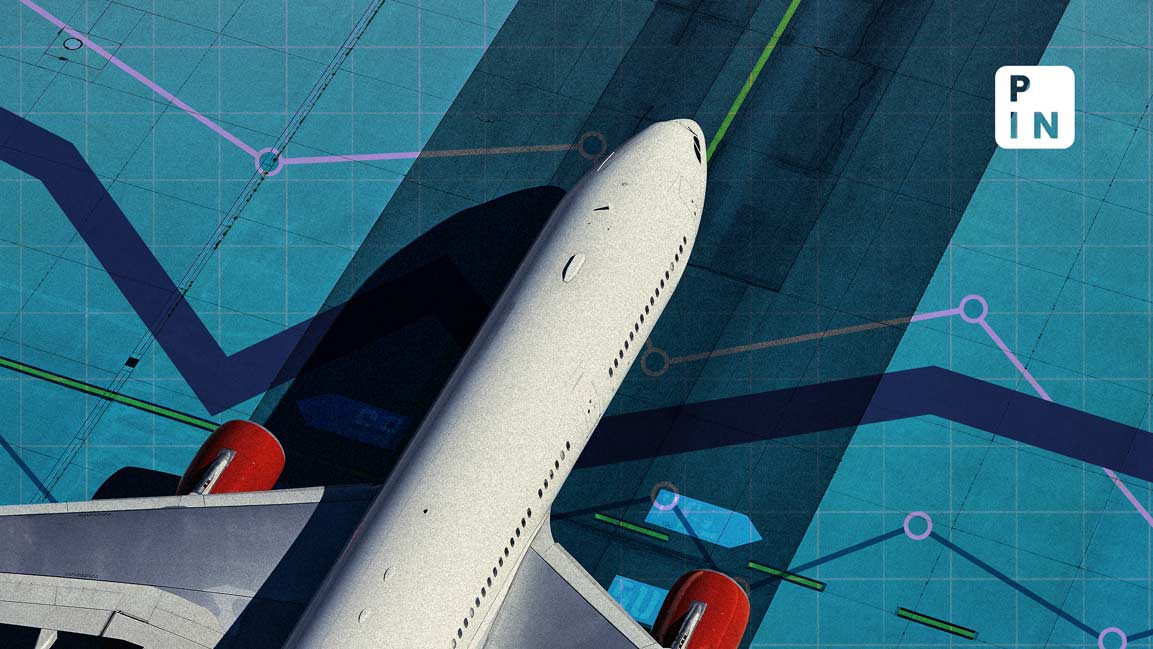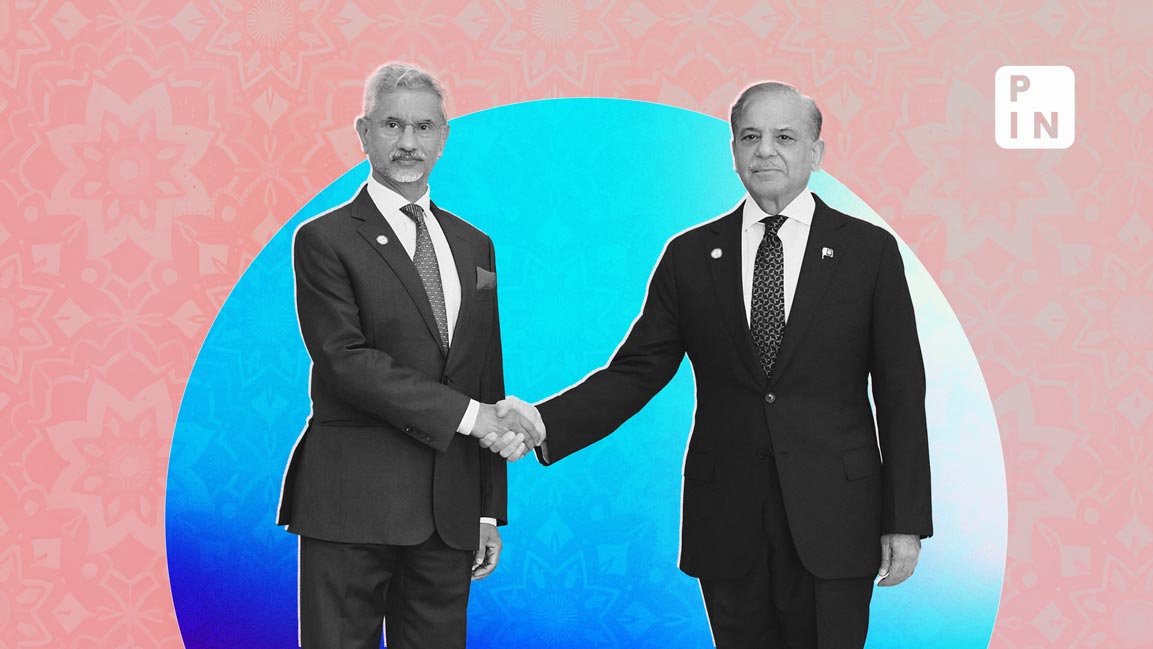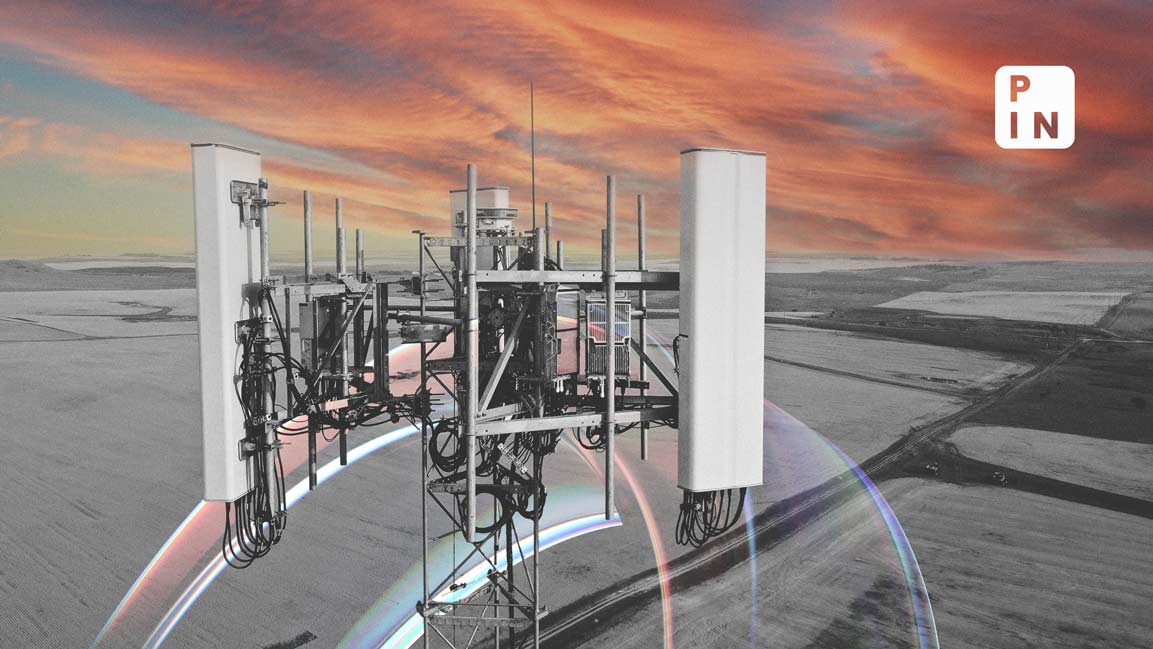- | 3:00 pm
Airlines seen narrowing their losses as headwinds clear
Growing demand for leisure and business travel, and improving airport infrastructure will drive revival, ICRA says

Indian airlines are likely to narrow their net losses by at least 80% by the end of fiscal 2025, ratings firm ICRA Ltd said in a report.
The airline industry’s net loss is expected to decline to about $480 million (₹4,000 crore) from $2.1 billion (₹17,500 crore) in fiscal 2023, the report said.
Domestic air passenger traffic is expected to grow by 8-13% this fiscal to about 155 million, surpassing pre-covid levels of 141.2 million in fiscal 2020, the report said.
The momentum will continue in the coming fiscal, with a similar year-on-year growth, aided by rising demand for both leisure and business travel and improving airport infrastructure, it added.
International passenger traffic for Indian airlines surpassed pre-covid levels last fiscal year, although it trailed the peak levels of 25.9 million seen in FY2019.
ICRA expects traffic to cross this level this fiscal, with an estimated 25-27 million passengers, or a year-on-year growth of 7-12%, and further grow to 27-29 million in FY2025.
“The industry has witnessed improved pricing power, as reflected in increase in yields and thus the spread between revenue per available seat kilometre – cost per available seat kilometre (RASK-CASK) for the airlines,” Suprio Banerjee, vice-president and sector head for corporate ratings at ICRA said.
“The same is expected to remain favourable, aided by a decline in aviation turbine fuel (ATF) prices and the relatively stable foreign exchange rates. The industry is thus estimated to report a significantly lower net loss of ₹30-40 billion in FY2024 and FY2025 compared to ₹170-175 billion in FY2023,” Banerjee said.
ATF prices and dollar exchange rate movement have a major bearing on cost structure of Indian airlines.
The average ATF price stood at ₹103,547/kl in April-February of the current fiscal, a y-o-y decline of 15% against ₹120,978/kl in the last fiscal. However, this was 60% higher compared to an average of ₹64,715/kl in FY2020 (pre-covid).
Fuel accounts for up to 40% of an airline’s expenses, while 35-50% of operating expenses – including aircraft lease payments, fuel expenses, and a significant portion of aircraft and engine maintenance costs – are denominated in $ terms.
Some airlines have foreign currency debt, but their international operations help offset this a bit. However, they still end up owing more money in foreign currency than they earn.
The Indian aviation industry has orders for about 1,700 aircraft—over twice its current fleet size. Deliveries will spread across the next decade, influenced by supply chain issues among engine and aircraft makers.
Many orders will replace old planes with new, fuel-efficient models, helping balance demand and supply in the long term, ICRA said. A significant portion of new aircraft will expand international operations.
The Indian aviation sector has recently faced issues with engine failures and supply chain disruptions, leading to about 20-22% of the fleet being grounded as of 30 September 2023, Banerjee said, adding that engine-related problems are expected to increase groundings to 24-26% by 31 March, reducing industry capacity.
This situation will raise airlines’ operating costs due to grounding expenses, higher lease rentals for substitute aircraft, and less fuel efficiency from using older planes. However, strong ticket prices, high passenger loads, and some compensation from engine makers will mitigate the financial impact, Banerjee added.













